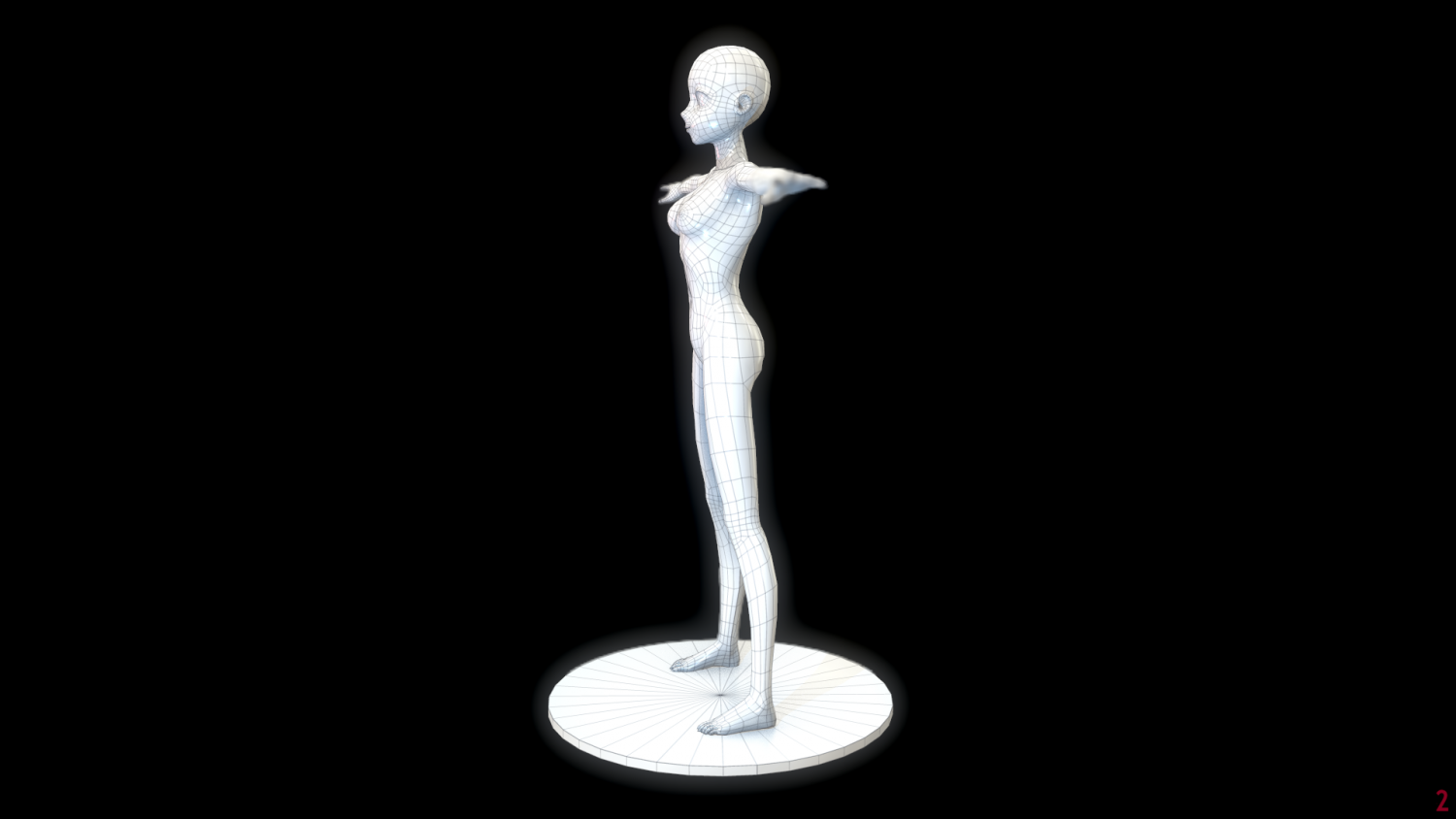
You can then place the exported 3D model into the ROOT folder of Yellowfin, which is located at /appserver/webapps/ROOT/. Once you are done editing, we can proceed to export this again into glTF format, as shown in the screenshot below. There are many videos and guides online to get started. As these tools are quite complex and have a learning curve, we recommended that you familarize yourself with them before following along. If you wish to edit this model further before proceeding, you can. In practice, this would be a more linked and complex structure, but we are keeping it simple for demonstration purposes so you can get up and running quicker. This will be important when we consume the model in Three.js. Note we have separated individual objects for each part of the person’s body, and given distinct names to each. Once you've imported the basic_person file into Blender, you should see the following on your screen: If you opt to use another tool, you can import the following file: If you're using Blender, you can follow our walkthrough by using the attached file: However, most other tools also allow you to create and export models in this format. For the purposes of this technical walkthrough, we used Blender as it is a free 3D modeling tool.

The first order of business is to create a 3D model in your favorite tool, save it and export that model into the standard glTF file format. In addition, we've included a full video walkthrough - you can watch below.

To see it all in action, we’ve provided all of the necessary files which you can download by clicking here.


3D Body Maps in Yellowfin: The Pre-requisitesīefore any body mapping with Yellowfin can begin, there are four core resources you'll need:


 0 kommentar(er)
0 kommentar(er)
